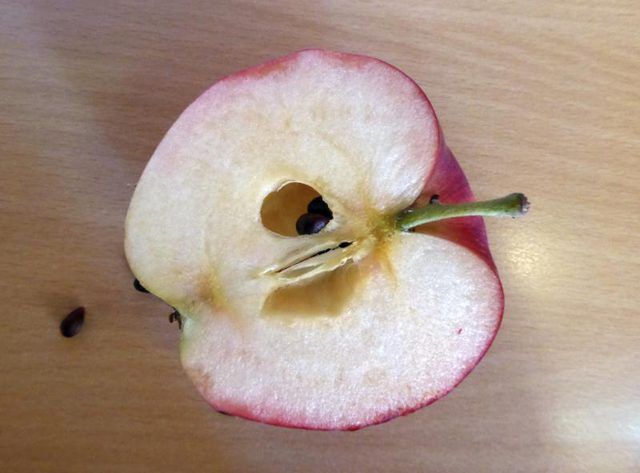Bulbs
Flower Basics
Flower Beds & Specialty Gardens
Flower Garden
Garden Furniture
Garden Gnomes
Garden Seeds
Garden Sheds
Garden Statues
Garden Tools & Supplies
Gardening Basics
Green & Organic
Groundcovers & Vines
Growing Annuals
Growing Basil
Growing Beans
Growing Berries
Growing Blueberries
Growing Cactus
Growing Corn
Growing Cotton
Growing Edibles
Growing Flowers
Growing Garlic
Growing Grapes
Growing Grass
Growing Herbs
Growing Jasmine
Growing Mint
Growing Mushrooms
Orchids
Growing Peanuts
Growing Perennials
Growing Plants
Growing Rosemary
Growing Roses
Growing Strawberries
Growing Sunflowers
Growing Thyme
Growing Tomatoes
Growing Tulips
Growing Vegetables
Herb Basics
Herb Garden
Indoor Growing
Landscaping Basics
Landscaping Patios
Landscaping Plants
Landscaping Shrubs
Landscaping Trees
Landscaping Walks & Pathways
Lawn Basics
Lawn Maintenance
Lawn Mowers
Lawn Ornaments
Lawn Planting
Lawn Tools
Outdoor Growing
Overall Landscape Planning
Pests, Weeds & Problems
Plant Basics
Rock Garden
Rose Garden
Shrubs
Soil
Specialty Gardens
Trees
Vegetable Garden
Yard Maintenance
What Is an Apple Pip?
What Is an Apple Pip?. "Pip" means the seed of an apple (Malus domestica). A simple way to view the pips is to cut an apple in half, revealing the tough core that houses varying numbers of seeds based on the type and the health of the parent plant. A single apple seed, however, rarely produces the same type of tree from which it was...

"Pip" means the seed of an apple (Malus domestica). A simple way to view the pips is to cut an apple in half, revealing the tough core that houses varying numbers of seeds based on the type and the health of the parent plant. A single apple seed, however, rarely produces the same type of tree from which it was grown. Most apple trees today are hybrids, or crosses, of at least two other types, with the focus placed on developing more disease-resistant or more productive varieties. Pips must undergo a cooling period in order to germinate properly.
Cool Your Pips
Hardy in U.S. Department of Agriculture plant hardiness zones 3 to 8, apples are grown from pips that have been chilled at a steady temperature of 40 degrees Fahrenheit during a period of dormancy that is also called after-ripening. This subjects the pips to the same conditions they would experience if left outside during the winter. In fact, planting the seeds outside in the fall is one way to accomplish the after-ripening, during which the seed's embryo develops fully and becomes capable of producing new growth. The other method involves refrigerating the seeds for a specific time before planting them.
Germination Rate
According to the University of Minnesota Extension's website, fruit trees sold commercially are grown using root stock and scion, plus a secondary variety stock that is grafted onto the root stock. If you plant apple pips -- after the chilling process -- it takes another six to eight weeks before they germinate.